Josh Bersin on Dynamic Learning Content
Key Points
-
AI is revolutionizing corporate learning with dynamic, personalized content, enabling organizations to save time and resources.
-
Tools like Galileo are making HR smarter by automating repetitive tasks and providing data-driven decisions, improving efficiency.
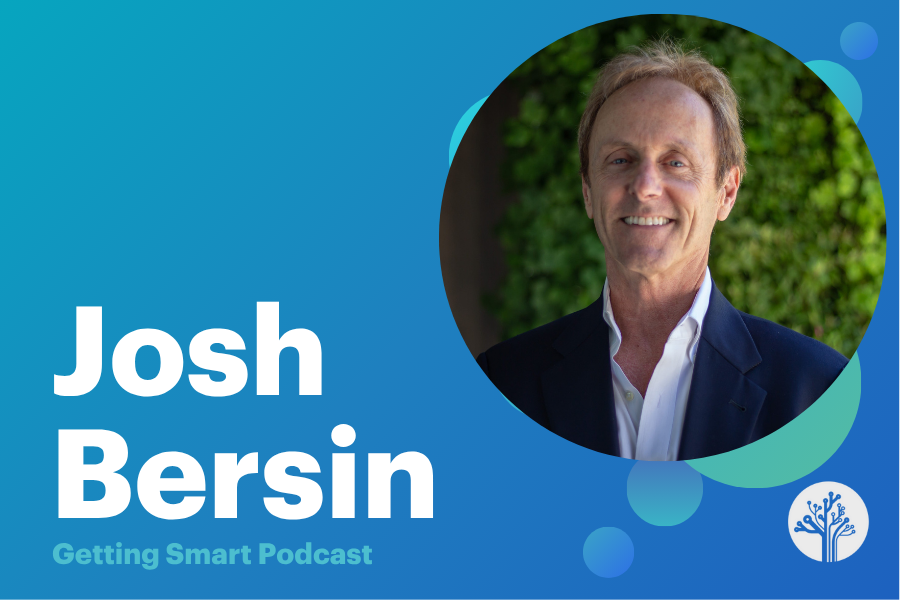
In this episode of the Getting Smart Podcast, Tom Vander Ark dives into the AI revolution in corporate learning with special guest Josh Bersin. Together, they explore the transformative potential of AI-powered tools like the Galileo HR Agent, which are reshaping talent development, HR systems, and learning and development (L&D). Discover how dynamic content, AI tutors, and virtual agents are creating “super workers” and revolutionizing workplace learning. Tune in to learn how these innovations are not just about efficiency but also about empowering humans to thrive in the workforce of the future.
Outline
- (00:00) Introduction to AI Revolution in Corporate Learning
- (05:35) Introducing Galileo: The AI HR Agent
- (08:04) AI in Education: Opportunities and Challenges
- (10:04) Revolutionizing Learning and Development with AI
- (15:12) The Future of Corporate Training
- (20:36) Practical Steps for Implementing AI in Education
- (25:26) Conclusion and Final Thoughts
Introduction to AI Revolution in Corporate Learning
Tom Vander Ark: Josh Bersin recently said, “We believe we’re beginning a massive AI revolution in corporate learning. This revolution will dramatically change what L&D does, how L&D operates, how the content and coaching market evolves, and the fundamental shift in AI-native learning is dynamic content.”
You’re listening to the Getting Smart Podcast. I’m Tom Vander Ark, and today we’re joined by Josh Bersin to talk about the revolution in talent development and in learning and development. In particular, Josh, welcome.
Josh Bersin: Thank you, Tom. I’m thrilled to be here.
Tom Vander Ark: Josh, in January, you put out a terrific report called Super Worker. It’s still the best picture of the future of learning and how AI is changing the nature of work. What is a super worker?
Josh Bersin: Sure. So, the big topic of the year—maybe the last two years—is AI. The business implementation of AI involves companies trying to automate more and more tasks, routine work, or white-collar work at a rapid rate of speed. The original narrative behind this was that it would eliminate a bunch of jobs, leading to massive unemployment. People are still saying that. But in reality, the opposite is true.
Tom Vander Ark: Anthropic’s CEO yesterday…
Josh Bersin: I know. I just made a big statement about how that comment is completely wrong. What happens is, as we implement these increasingly intelligent automation tools in white-collar work, sales, marketing, legal, and other areas, humans get to do new things. We get to do higher-level tasks, make better decisions, and integrate business processes together. The super worker theme, or the super worker company, is all about making that transformation work at the human level. And it’s turning out to be, I think, a correct thesis on where things are going.
Tom Vander Ark: I super appreciate your advocacy for the super worker and, as Reid Hoffman has been doing for the last year, for promoting this sense of possibility and the potential of the augmented workforce. I think you’ve been a positive counterfactual against some of the doomers in AI. I’d love to have you describe a little more specifically how you think AI is going to change human resource management or human capital management. And tell us a little bit about Galileo, the AI HR agent that you created and released last fall.
Josh Bersin: Well, first of all, HR—almost everything that HR does—has to do with making difficult decisions about people with imperfect information. Who to hire? How much to pay someone? How to improve someone’s performance? Deciding who’s ready for leadership, who needs to leave the company, who needs more development, and how to develop someone. There are endless decisions. There are many decades of methodologies and science behind that, but ultimately, it comes down to people making those decisions. HR tries to put together frameworks, data, and systems to make this happen better and easier.
Along comes AI, and we now have technology that can harness terabytes of data about people—whether it be job history, career history, experiential data, work data, or feedback data—and turn that data into decision-making tools. These tools make it easier to decide where to source a candidate, who to make a job offer to, how much money to pay them, and more. Inside the company, AI can handle myriad HR questions: What are my benefits? How many vacation days do I have left? Can I take a day off next week? Will you reschedule my shift? These were all handled by call centers or human HR business partners, but they can now be automated.
The third area, which we’ll talk about later, is the whole area of content for learning, training, and performance improvement. In recruiting, all the multiple steps—background checking, interviewing, onboarding—can be done by AI.
Tom Vander Ark: In fact, Josh, I think you published a list of 100 examples right after Super Worker.
Josh Bersin: Yes, I decided to see if we could come up with 100 use cases, and we did.
Tom Vander Ark: I think that was super useful. Right now, there’s a bit of a failure of imagination. People can’t quite figure out where and how AI will make their life, work, and learning better. I found those use cases super useful because they stretched people’s imagination of how and where AI can be helpful.
Josh Bersin: Well, yeah, and that gets into Galileo.
Introducing Galileo: The AI HR Agent
Josh Bersin: Let me just tell you quickly what we did with Galileo. We’ve been doing research on all this stuff for close to 30 years. We have models, data, examples, case studies, vendors, and more. We put that into a big LLM a couple of years ago, built it out, and it turned into an online HR consultant. You can ask Galileo questions, and it will answer them and help you develop scenarios. You can upload to Galileo, for example, audio recordings of the last five interviews you’ve had with job candidates. Galileo will read the transcripts, analyze the data, compare it against skills models in the system, and rank those candidates based on the criteria you provide.
You can then ask Galileo to give you an interview script for assessing whether those candidates are ready for a higher-level position. What it does is just mind-boggling, to be honest. We’ve been selling it for about a year, and thousands of people are using it. The use cases are proliferating daily.
Tom Vander Ark: It’s been really exciting to see the uptake you’ve experienced. You’ve recently started promoting it as Galileo Inside, and we’re seeing it show up in Workday and other ERP systems. Is that part of the vision—that it will be incorporated into other platforms?
Josh Bersin: The problem companies have is they already have too many of these agents. They’ve got Microsoft Copilot, ChatGPT, and various assistants. We’re happy for people to use Galileo in the platform it comes in, which is a great platform. But if they have another platform or one they’ve developed themselves, we now have a version of Galileo that can be embedded into other chatbots or LLMs. Galileo Inside today works in ServiceNow, HiBob (a mid-market HR system), and soon SAP. We’re working on others. We want to make it available wherever you are, on whatever technology platform you happen to have.
AI in Education: Opportunities and Challenges
Tom Vander Ark: I want to draw the first connection to the education market. Many of our listeners are K-12 system leaders and higher ed system leaders. I just want to note that your HR system is about to get a lot smarter. HR in education is about two steps behind corporate HR, and people are suffering with bad, dated, clunky systems with low interoperability.
We’ve had some rollup activity—Frontline led a big rollup of HR systems in education—but most of our listeners haven’t had the opportunity to work with an intelligent talent management system. I suspect that in the very near future, they’ll have access either directly to Galileo or to a system like it.
So, big opportunity there. And Josh, one thing that they have in common, besides bad, dated HR systems, is that most of them are struggling with low enrollment, low attendance, and lower state revenue. So, we have a lot of people looking for efficiency across their systems. I think this category is one where we can get a double win, where we can actually do a much better job of managing talent.
Josh Bersin: I used to work with the University of California system for 10 years, so I know a lot about that part of it. Just one simple idea for anyone in the education industry: you could use a tool like Galileo to reduce the cost of a call center or a big portal or website you have to support. Employees or staff people asking a bunch of questions and wasting a lot of HR people’s time—that is not a hard implementation. That could save money almost immediately.
Tom Vander Ark: All right.
Revolutionizing Learning and Development with AI
Tom Vander Ark: Let’s talk about learning and development. I’m super excited about the implications of AI in learning and development. I have to admit, when you announced Galileo Learn, I sat up and cheered in the middle of your podcast. You provided such a cool vision of learner-authored learning journeys, where a learner or worker can really help shape not only what they learn but how they learn through dynamic content. It’s such a powerful and exciting vision. So, tell us how AI is going to change corporate learning, and then tell us a little more about Galileo Learn.
Josh Bersin: Sure, and this is going to affect the education industry too. Everybody knows that AI is really good at generating content. It can generate graphics, photos, videos, and charts. You just have to know how to prompt it correctly. You may not know that AI also understands the concepts of instructional design. Using content like what we have, AI systems can create a course outline, organize topics into themes, and find case studies and examples of new techniques, technologies, or business practices. It’s almost perfectly made for a learning and educational application.
Now, the training industry in corporations, which I’ve been involved in since the late 1990s, is really outdated. It uses what I call the publishing model, which goes back to the days of e-learning. This technology called SCORM is the way corporate content is tracked, where you basically build courses. Everything is a course with chapters, and you click through the chapters, watch videos, or do interactives during the chapter. Then you either finish or you don’t finish. People get bored, say “adios,” and leave. They don’t like that. They don’t have enough time. Everybody’s too busy. They’d rather click through a TikTok-type experience and get a one-minute video.
Once you build the course, you have to maintain it, translate it into multiple languages, and update it every time something changes. Companies have this massive legacy library of old courses, a massive team of people building content, and another team updating content, fixing it, loading it into the learning management system, running reports, and blasting out emails to try to get employees to consume it. It’s a giant mess.
Now, that’s all we had until AI came along. There were learning experience platforms and some other things that helped, but they didn’t make much difference. Along comes AI. Imagine instead you took a piece of content—maybe a product guide, a pricing guide, or a compliance document—and you stuck it into the AI platform. You say, “Please build me a five-minute course, a 10-minute course, and a two-hour certification course on this. Here are 10 examples of situations where people have done this before. Here’s the title of the course.” You give it a little information, and now the platform has a dynamic content entity for teaching.
The employee might see a little beautiful picture of a course. We call them courses—we have more than 700 of these in our academy. But when they click on it, it might say, “Would you like a five-minute version of this? Would you like a tutor about this? Would you like to just ask a question and not take any course at all and have an answer? Or would you like an hour or two-hour certification?” The learner can basically get what they need and leave, coming back later whenever they want.
Not only is that a huge saving in content development, management, and delivery, but now the system knows who this person is, what they’ve been looking for, and it becomes a skill-based or talent-based personal coach or tutor. Our system, Galileo Learn, is essentially all of that plus a tutor. You can just ask the tutor, “By the way, I took this course on pay equity, and I forgot what to do about this particular situation. Can you give me some advice? Oh, by the way, is there a case study of another company that’s done this before? I’d like to see how somebody else did it.” The system marks you up in pay equity and says, “Josh knows a little about pay equity, so I won’t bother showing him all that elementary stuff anymore.
Shorts Content
The Future of Corporate Training
Josh Bersin: This is just a spectacular change. Now, it changes a lot of things. It changes what L&D does. It changes how L&D works with the line of business because now the business person—like the sales manager—could take a document or even a recording of a conversation they’ve had with a client and say, “Hey, I want you to use this approach when you get this objection.” They can load that audio into the system, and the system will teach everybody else what this person knows.
I think it’s going to revolutionize L&D. It’s going to save a ton of money on all this content work that’s going on, and it’s going to allow L&D to get closer and closer to where the real business need is—not in the corporate HR department, but really in sales, marketing, manufacturing, or whatever domain may be. And it all works. It’s not just a wild idea. So, it’s a very, very exciting change. We call it a revolution because it’s really a different way to think about the training process entirely.
Tom Vander Ark: Josh, you just gave me a new vision of a dynamic relationship with this dynamic content engine/coach. In the super worker vision, we begin to see the potential for many workers to be managing one or more agents, taking on multiple responsibilities, and probably working in a team with both silicon-based life forms and carbon-based life forms. They might be managing a team that’s a mix of agents and people. They have this dynamic coach on their shoulder that, in real time, can provide learning experiences relevant to the next task at hand.
Josh Bersin: Exactly. So, I’ll give you a really quick example, Tom, of what a super worker in L&D might look like. If you’re using a tool like this, you might say to the tool, “Please send an email to the following five people and ask them what they think the business challenge is in this particular domain because we’re not hitting our numbers. Collect that information and build me a course about what you learned.” And this system can do that. This isn’t just a content generation and delivery system. This can also be a performance consulting system. I’m telling you, this is why this is so exciting. With this system, you can experience being a super worker tomorrow.
Tom Vander Ark: It’s exciting, and you’re not the only one out there with an AI-first platform. You’ve been really generous in your writing and podcast in noting other actors in the field. It’s been incredible to watch the opportunity set dramatically change in the last 90 days. I go back to the opening comment that your latest blog pointed to this massive AI revolution in corporate learning. I don’t think we can understate the important threshold that we have just crossed.
Josh Bersin: For those in your audience who are investors, you’ve got to scratch your head and ask, “What’s the business of a content company now?” Selling libraries of courses isn’t going to go away overnight, but you can certainly see that getting disrupted. What’s the business of an LMS company that’s essentially a tracking system? That gets disrupted too. So, there’s a lot of things that are going to change here.
Tom Vander Ark: Josh, your last blog provided some great next steps. I want to talk about that broadly, including but not limited to education. You said regardless of what platform you have today, it’s time to experiment with dynamic content. Second, you said start experimenting with AI tutors, virtual agents, and AI coaching. Say more about those.
Josh Bersin: It’s sort of like teaching someone to drive—you can’t really teach them without actually sitting them behind the wheel. I think the best way to understand the capabilities, potential, and application of this technology in your organization is to actually use it and build some things that you need in your company. See what it’s capable of doing.
In our particular case, for an individual person who buys Galileo Learn, they get access to the whole system, including the authoring system. You don’t have to buy a big, fancy platform with a bunch of development tools to do this. But it is designed for learning. It’s not like going to ChatGPT, generating a video, and running out of units. It’s designed for this use case, leveraging the AI technology that’s available in those more generic platforms.
Most people in L&D and most educators are very creative, hands-on people. They want to try things, build things, and create things. They’re creators at heart. I don’t think anybody wants to see a tutorial on how to do it—they want to touch it.
Tom Vander Ark: All right.
Practical Steps for Implementing AI in Education
Tom Vander Ark: I want to close with a few thoughts about education. The way you describe courses reminded me of the way we talk about the Carnegie Unit in education. Almost every high school and college in the world is run on the Carnegie Unit, which was designed 120 years ago. It defines how long a course is and what you get credit for. We’ve built institutions, financing systems, and licensing systems around this Carnegie Unit. Ironically, the head of the Carnegie Foundation wants to get rid of the Carnegie Unit and foreground dynamic learning experiences. I think you’ve described how that will happen by enabling AI-powered tools that will help create personalized pathways.
Josh Bersin: The way I see it, the course artifact is just a legacy of the way we used to learn in classrooms. We just brought it along because we didn’t have another paradigm. Now the paradigm is topic or skill.
What you find when you see people consuming learning content in a system like ours is that sometimes they do take courses because they just don’t know where to start. But they do that for a little while, and then once they know what’s going on, they dive into the topics, dive into problems, and ask the system questions. These are things you would do in a classroom if you could, but we don’t really do things in classrooms the way we did before.
We have the best of both worlds. We can scaffold a course to get people going, but then they can explore and develop the skills they need. The thing I’ve learned, Tom, is that the biggest instinct we have as people—in work, education, and life—is to learn. We are generally curious animals. When something is broken or you’re underperforming, the first question you ask is, “What do I need to learn to be better at this?” These systems are designed for that kind of human interaction.
Tom Vander Ark: I’m smiling because we’ve systematically created schools that avoid allowing people to learn what they want to learn when they want to learn it. All right, let’s try to imagine a couple of specific next steps. If you’re running a college or a high school now, where might the entry points be to try this? Would it be in university extension courses?
Josh Bersin: Any situation where you’re trying to distribute knowledge, content, or expertise that’s too complex to read in a piece of paper is a good place to start. Most of the people who have this knowledge already have a lot of content. All you need to do is put the content into the AI platform like Galileo Learn, and you can prompt it to create an experience that people will learn from.
Tom Vander Ark: It’s remarkable how fast you were able to take the Josh Bersin Academy and turn it into Galileo Learn.
Josh Bersin: Exactly. It took us five months to take eight years of content and move it into Galileo Learn.
Tom Vander Ark: I think we’ve identified the right place to start: professional development. Teacher training and leadership development in systems are really exciting to think about. We’ve been working with 70 school districts in Michigan to reimagine teacher professional learning and leadership development. We might actually be at a threshold where we can reimagine how that is created and delivered. Exciting times.
Josh Bersin: Let’s do it. We’re happy to do it with you, Tom.
Conclusion and Final Thoughts
Tom Vander Ark: We’ve been talking to Josh Bersin about the future of HR and learning and development. If you’re not already listening to Josh Bersin’s weekly podcast, I highly recommend it. Josh does about an 18-minute update on HR and L&D that is not to be missed, and he features HR leaders from the field. Where can people learn more about Galileo Learn, Josh?
Josh Bersin: You can go to getgalileo.ai or getgalileo.com to see the whole Galileo story. Or you can visit joshbersin.com for tons of resources.
Tom Vander Ark: I want to thank you again for your proactive and positive approach to this opportunity. Your entrepreneurship around the future of work and learning with AI is a global example. We’re excited about the potential you’ve created with Galileo Learn. Thank you for your leadership on all these fronts.
Josh Bersin: Thank you, Tom. I really appreciate that.
Tom Vander Ark: Check out Galileo Learn. I want to thank our producer, Mason Pashia, and the Getting Smart team that makes this possible every week. Until next week, keep learning, keep leading, and keep innovating for equity.
Guest Bio
Josh Bersin
Josh Bersin is an analyst, author, educator, and thought leader focusing on the global talent market and the challenges and trends impacting business workforces around the world. He studies the world of work, HR and leadership practices, and the broad talent technology market. He is often cited as one of the leading HR and workplace industry analysts in the world.
He founded Bersin & Associates in 2001 to provide research and advisory services focused on corporate learning. Over the next ten years, he expanded the company’s coverage to encompass HR, talent management, talent acquisition, and leadership and became a recognized expert in the talent market. He sold the company to Deloitte in 2012, when it became known as Bersin™ by Deloitte. He currently sits on the board of UC Berkeley Executive Education.
Most recently, Bersin launched the Josh Bersin Academy, the world’s first global development academy for HR and talent professionals at all levels and across all industries. Serving as the Academy’s dean, Bersin guides its program offerings, interacts with members, and shares relevant research and insights to help HR and talent professionals stay current on the trends and practices needed to drive success in the modern world of work.
Links
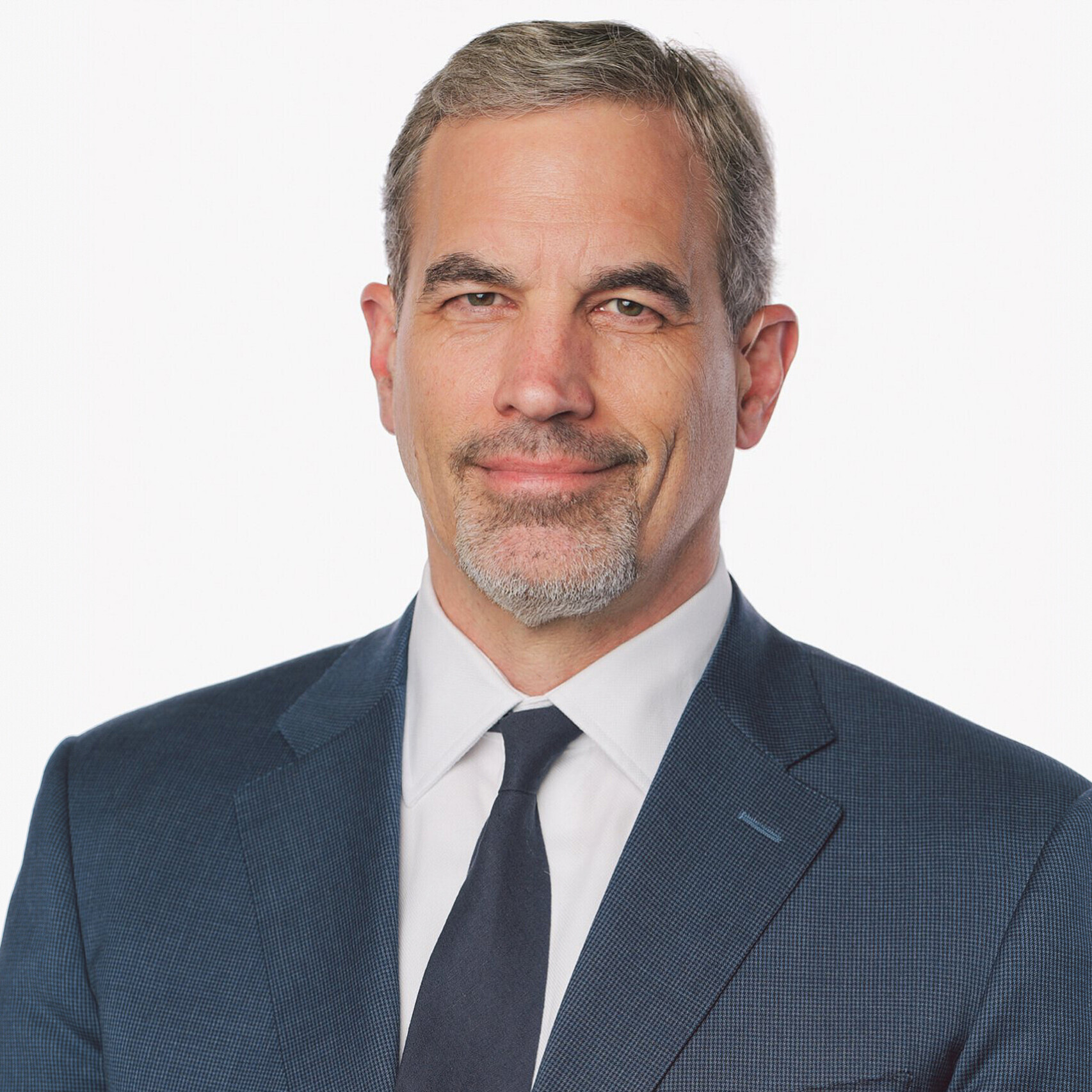


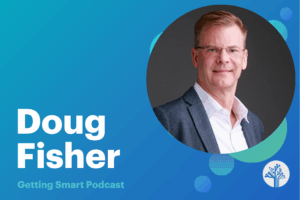
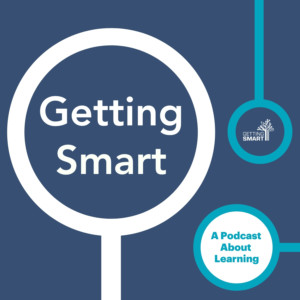


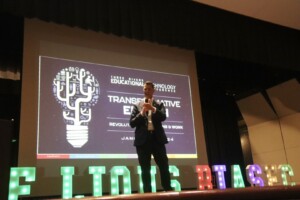
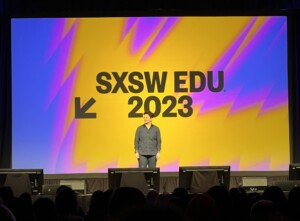
0 Comments
Leave a Comment
Your email address will not be published. All fields are required.